Kindergarten Moon Unit Study
We've been busy studying the moon as part of My Father's World Kindergarten. For sensory fun to go along with our moon unit study we made erupting moon dust and moon dust paint. I'm so excited to share our erupting moon cake recipe with you today! This fun recipe combines math and science while practicing basic kitchen skills. J-Bug and JZ were beside themselves with excitement. After all, have you ever made a cake erupt?
How to Make an Erupting Moon Cake
This post contains affiliate links. Here is my full disclosure policy.
Supplies:
- 9 inch round cake pan
- 1 1/2 cup whole wheat flour (I used soft white wheat berries, ground in the dry blade container of my Vitamix.)
- 1 cup coconut palm sugar
- 1 teaspoon sea salt
- 5 tablespoons grapeseed oil
- 1 teaspoon baking soda
- 1 teaspoon vanilla
- 1 tablespoon vinegar
- 1 cup coconut milk
- 1 handful of raisins
Directions: Lightly grease the cake pan with grapeseed oil. Mix the flour, coconut palm sugar, and sea salt in the cake pan.
JZ (6) and J-Bug took turns adding in all the ingredients then mixing. Combining the ingredients in such a shallow dish was a perfect opportunity for the boys to practice mixing gently yet thoroughly.
Next I made three "craters" in the "moon's surface", one larger crater, one medium, and one small.
I told J-Bug to pour the five tablespoons of grapeseed oil in the large crater. (I let him find the largest crater himself to work on basic math concepts.)
JZ poured the teaspoon of baking soda into the medium crater and the teaspoon of vanilla into the smallest crater.
Since this was J-Bug's kindergarten work, he had the honors of pouring the tablespoon of vinegar directly on top of the baking soda filled crater.
Once the fizzing eruptions died down the boys added the cup of coconut milk and mixed the wet and dry ingredients together until completely blended.
Finally, the boys carefully sprinkled raisins, or "moon rocks" on top of the moon cake as I preheated the oven to 350 degrees. A few notes about the recipe: We are a clean eating family. In fact, the wheat berries we used for the whole wheat flour were a rare treat. A few of these ingredients might be foreign to your household, but don't let that stop you from making your own moon cake. You can substitute cow's milk for the coconut milk and cane sugar or brown sugar for the coconut palm sugar if desired.
We baked our moon cake for 30 minutes. I checked on it a couple times before taking it out to cool, and it was done when a toothpick came out clean.
We let our moon cake cool a bit before eating. Before cutting into it I asked J-Bug what kind of moon it was. (Full moon.) Next I sliced the cake down the middle and removed half of it and asked what kind of moon it was. (Half moon.) Not pictured, I carefully sliced a crescent moon shape and asked him what kind of moon it was, and we continued all the way until there was no cake left at all. (New moon.) This one cake recipe was an exercise in early maths, moon phases, and basic kitchen skills all through play. It was a great day. Have I mentioned how much I love homeschooling and how much I love our kindergarten curriculum?
For more hands on activities to learn about the moon follow me on Pinterest.
More moon activities:
.JPG)
.JPG)


.JPG)
.JPG)
.JPG)
.JPG)
.JPG)
.JPG)
.JPG)
.JPG)
.JPG)
.JPG)
.JPG)
.JPG)
.JPG)
.jpg)













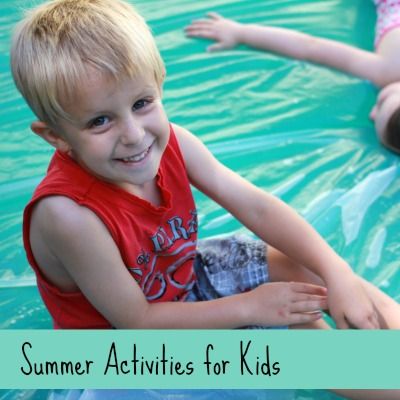
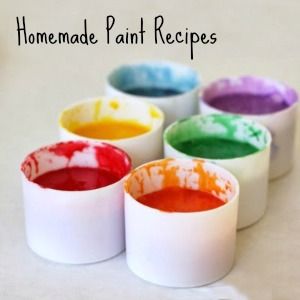
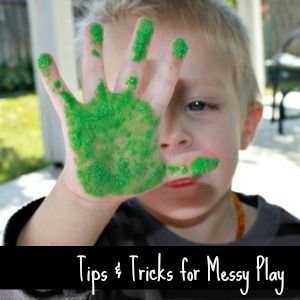
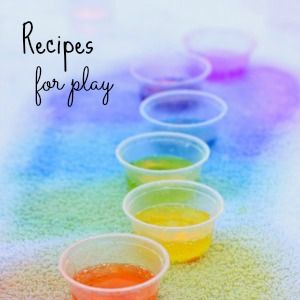
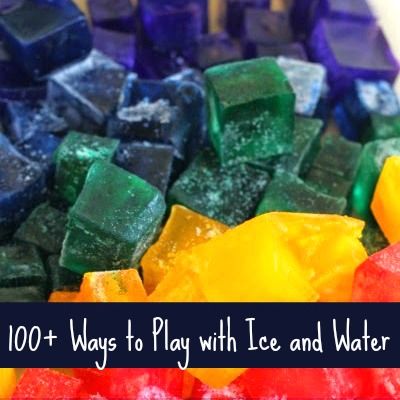
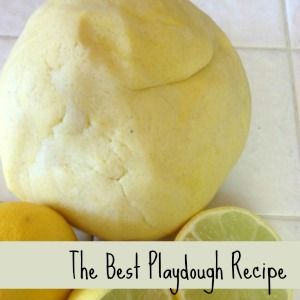
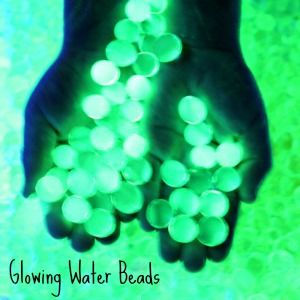
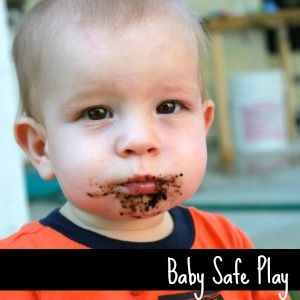


Do I use canned coconut milk or from a carton. This always confuses me. I'm new to healthy eating.
ReplyDeleteThank you
Either should work. I used canned. :)
DeleteGreat recipe and thanks for pics and so describing your post so neatly.
ReplyDeleteHalf the cake is a quarter moon!
ReplyDeleteFun activity, looks delish! :)